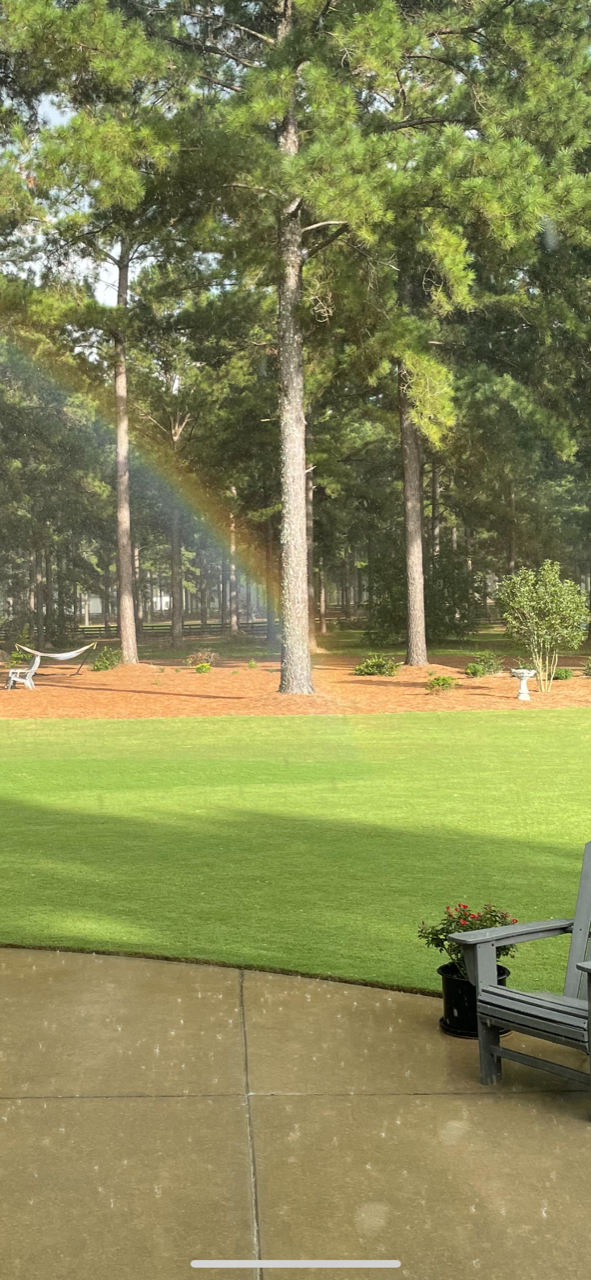Taking orders for sod is easy. Upselling a companion product requires selling skills.
Having effective incentive plans and focused training is crucial for Sales Reps to succeed. When designing sales incentive plans, it is important to prioritize revenue over activities. While including a few activity goals can encourage proper sales behavior, the main focus should always be on generating revenue. Initially, our Inside Sales Team had an incentive plan that heavily emphasized activity goals.
Although the creators of the plan had good intentions, it ended up rewarding Reps for simply doing their job, rather than actual selling. Reps would claim to have made sales when it was actually the result of Marketing efforts.
Recognizing this opportunity for improvement, I developed a new incentive plan that aligned with our Marketing Team's inbound efforts. The new plan incentivized Reps to upsell a secondary product. Instead of solely focusing on taking orders for our sod, Inside Sales Reps were now motivated to upsell the complementary product when customers called to place an order.
Reps who effectively positioned the product and asked for the upsell were rewarded with higher earnings. To maximize their chances of success, I narrowed down the customer pool to a specific persona that was more likely to be open to the upsell. Inside Sales Reps who utilized the provided tools such as scripts, selling processes, and CRM had a higher probability of achieving success. The results of these changes were remarkable. Despite a 7% decrease in call volume compared to the previous year due to the introduction of an online store, sales of the complementary product increased by 130%.
This growth was achieved without a significant increase in incentive payments, as high performers were rewarded with higher earnings while low performers received less. Our call center transformed from being focused on order-taking to becoming a selling call center. The new incentive plan also allowed call center leadership to identify who was actively selling and who was simply taking calls, providing call center leadership with valuable data to distinguish between sales-focused individuals and those who were primarily handling calls. Similar improvements were made to the Outside Sales incentive plan,

























